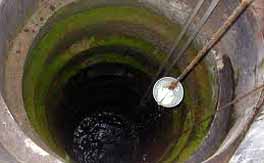Report on ground water quality in shallow aquifers of Telangana state
Groundwater contamination recently has come to the attention of the public as incidents of contamination are being reported from every state. Central Ground Water Board, Southern Region, for the last nearly


